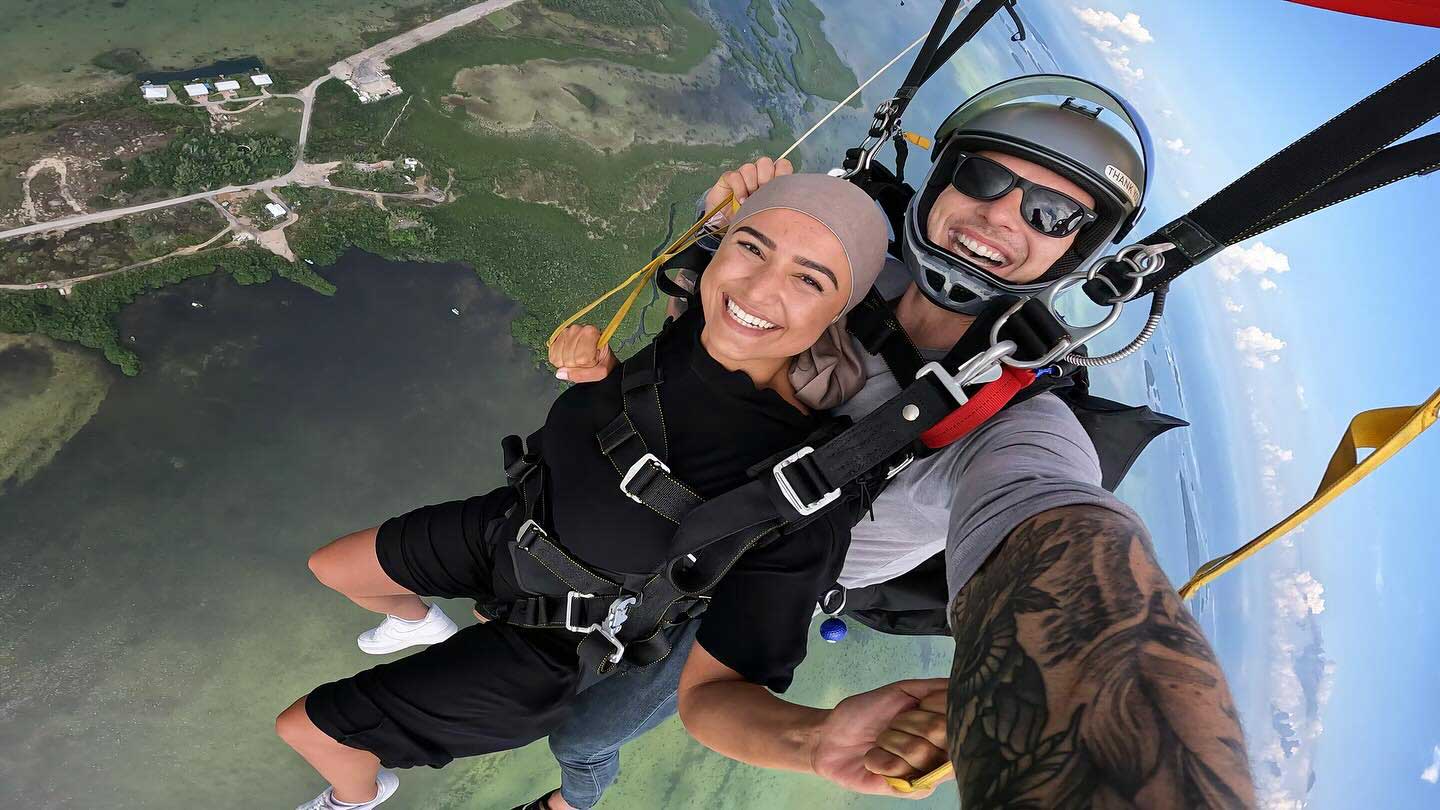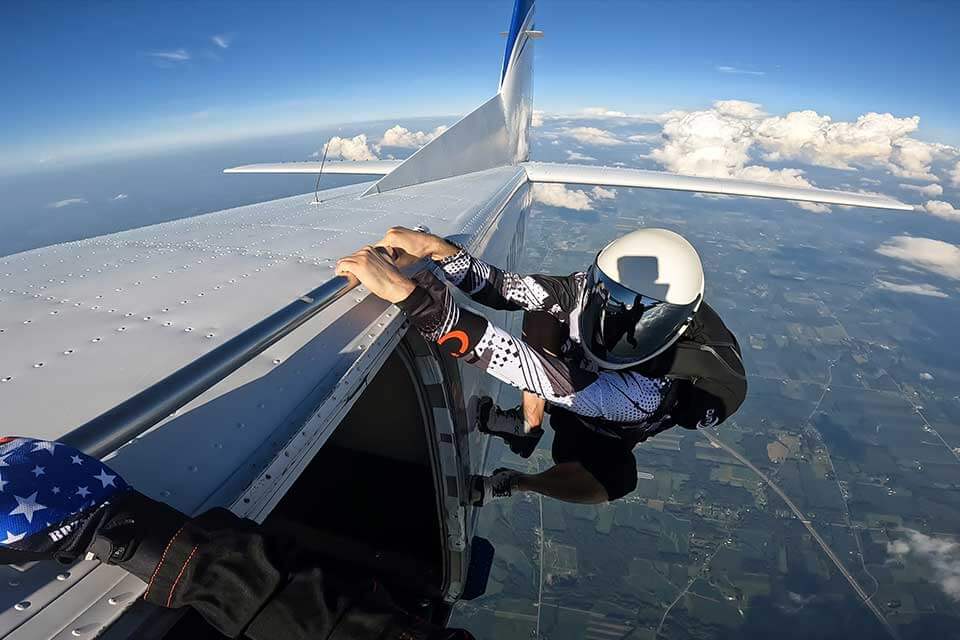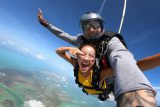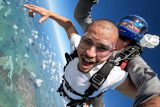How To Get A Skydiving License
Skydiving
Posted by: Skydive Key West
2 months ago
Whether you’re dreaming about becoming a certified skydiver or just curious about how to get a skydiving license in general, you’re in the right spot. Let’s dive into the great, big, exciting world of how to become a licensed skydiver and uncover the steps it takes to gain that coveted license to fly.
What Is A Skydiving License?
When people talk about getting their skydiving license, they’re referring to learning how to skydive solo – meaning, no tandem partner required. And if you’re wondering, ‘How do I start a skydiving career?’ Well, getting licensed is the first step.
Here at Skydive Key West, we don’t offer skydiving classes for solo certification – we’re 100% dedicated to the tandem skydiving experience. (Plus, our landing area, which is surrounded by water, is a bit tricky for fledglings.) With a tandem jump, you’re secured to a seasoned instructor who guides you every step of the way. And the cool thing is, they can relate to you because they started right where you are!

Step 1: Complete A Tandem Skydive
Every skydiving program is unique, and while some don’t require a tandem jump upfront, many dropzones see tandem skydiving as the perfect introduction to the sensations of the sky! Skydiving is a big deal, and experiencing it firsthand – without the added pressure of being in charge – is an incredible way to get started.
Step 2: Take A First Jump Course
A First Jump Course (FJC), commonly called ground school, is your on-the-ground preparation for your first jump. It generally lasts about half a day and prepares solo skydiving students for every possible turn of events they may face during a skydive – from the perfect flight to a potential malfunction. Immediately following the first jump course, the student will make their first solo skydive! There are a few options for the first jump:
IAD.
Instructor Assisted Deployment is a method of learning to skydive where a student jumps solo from an aircraft. Before exiting, the instructor will take hold of the student’s pilot chute – the piece of equipment that initiates deployment of the main parachute on a solo skydiving rig – and will release it as the student lets go of the aircraft.
SL.
Less common in the civilian world these days are static line jumps. They’re similar to IAD, but a static line (instead of a person) aids in deploying the main parachute.
AFF.
Accelerated Freefall is the most comprehensive skydiving training program in the world. It typically involves seven or eight levels, starting with ground training and jumps with two instructors – one holding onto either side of the solo student. AFF students gradually work their way down to one instructor and master skills like stability, altitude awareness, and accurately timed parachute deployment.
Step 3: Graduate From The Student Progression
Multiple skills need to be completed before achieving a parachute license. The purpose of the student progressions mentioned above is to teach new skydivers how to save their lives.
After achieving their A License from the United States Parachute Association (USPA), solo students will be taught by people who hold a Coach Rating – skydiving coaches teach solo students how to responsibly skydive with others. A Coach Rating can be achieved after earning a USPA B License and doing 100 skydives. Becoming a Coach is a goal many skydivers chase after!

Step 4: Coach Jumps and Self Supervision
How many jumps does it take to get the A License? A minimum of 25! Some people are natural shredders and will earn their license in an easy-breezy 25 jumps. Others will need some grit to dig deep into their mental stamina to complete each skydiving jump level of the progression. What happens if you can’t nail a skill? Try, try again!
Step 5: Get Your A License!
Woop woop!! Gaining your skydiving license is a huge step in building confidence! You’ve officially achieved something that the majority of the world has not (pssst, you also do this by doing a tandem skydive, too)!
Step 6: Never Stop Learning
There are four USPA licenses skydivers can earn: A, B, C, and D. Each one unlocks various privileges and supporting responsibilities. For example, A-license holders are authorized to jump with other people and begin learning new disciplines in the sky. B-license holders can participate in specialty aircraft skydives, like hot air balloons and helicopters.
There are soooo many disciplines in the skydiving world. Some people like to jump with their friends and fly on their bellies, others want to freefly, and the coolest of them all want to become skydiving instructors!
How Much Does It Cost To Get A Skydiving License?
Learning how to skydive isn’t cheap! The average cost of learning to skydive – from ground school to gaining your license – is about $3,000 to $4,000. AHHH, we know. This should just give you even more reassurance that we love what we do and are passionate about sharing it with others.
Now that you know what it takes to get your skydiving license, why wait? See what all the hype is about by booking a tandem skydive today!




